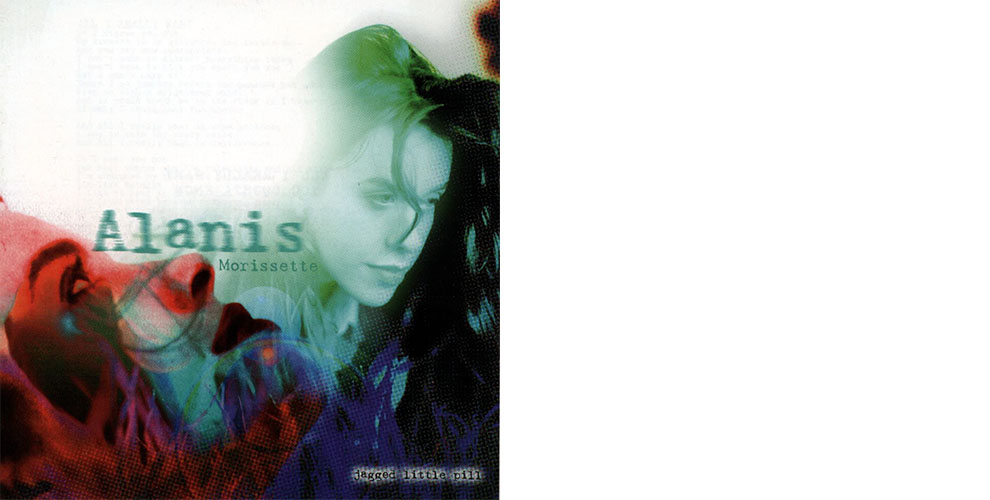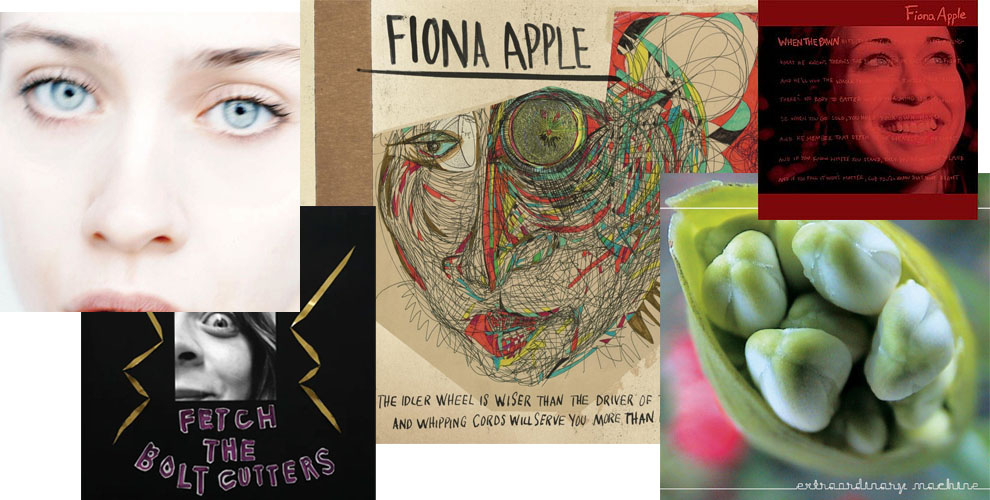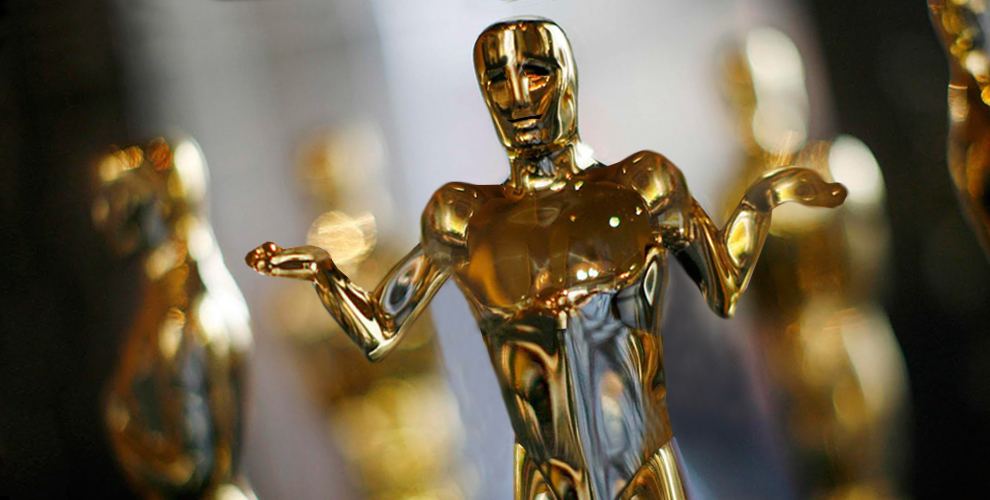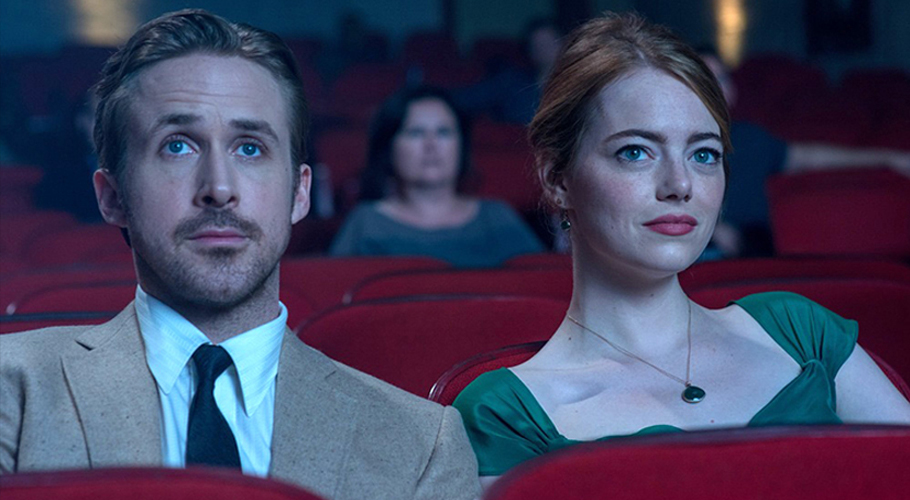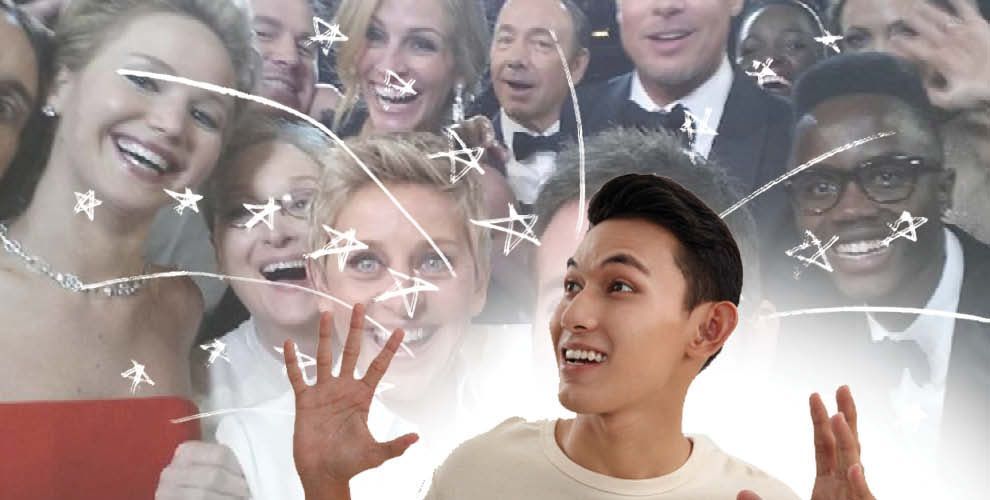
Jennifer Lawrence was seen getting a Sprite from a vending machine. Sources later revealed that she was was hoping for a Fanta.
Expectant mother Mila Kunis was spotted telling an unnamed bodyguard that she had a “craving”.
Bradley Cooper went to the restroom while dining out at Spago’s. He returned after two minutes, with no visible differences in appearance or demeanor.
Seth Rogan had a hardy meal at a pizza place. Sources wonder if he is Italian, or not on a diet.
Jennifer Aniston was smiling and radiant, while walking down an unnamed street in either New York City, or Malibu.
Taylor Swift cut a rose from a graveyard in Paris, France. Later, it was spotted lying on a cooler on the set of her latest music video. No traces of it were found after that.
Miley Cyrus was at a sex shop in Amsterdam. Wearing a striped leotard and smoking a joint, she went unnoticed by customers.
Kim Kardashian began to slip off her sunglasses, while stepping into a limousine in Beverly Hills.
Brad Pitt and Angelina Jolie were spotted in a small village in Uzbekistan, speaking to a dignitary.
Selena Gomez was overheard talking on the phone, apparently with a close family member, inquiring about an aunt.
Andrew Garfield and girlfriend Emma Stone seem to have weathered a minor tiff: while walking together in Chelsea, Andrew pulled his hand out of hers—but they were seen holding hands again, after she walked through the door he was holding open for her.
Mark Wahlberg was seen grabbing a Fresca for Kate Moss, in a café in New York City. This sighting may have originally been reported in 1995.
Katy Perry is working on a new track called “SEXXX = Good”. It is also the title track of her upcoming album. Miley Cyrus is rumored to be collaborating.
Gwyneth Paltrow was in London, smiling and radiant, while looking at herself in the mirror of a ladies’ restroom.
Christian Bale ate a huge pastry before heading into a gym, where he didn’t emerge for three hours. Sources say he stopped at a grilled chicken place afterwards, and ordered half a chicken.
Sandra Bullock got off a plane after an unruly passenger was escorted off for making remarks—most likely terrorist threats. Bullock was wearing a black jacket and little makeup. Her son was not with her. The 51-year-old star first rose to prominence in the movie “Speed”. She was last seen in the movie “Gravity”, and rumored to star in a sequel to her comedy “The Heat”, with Melissa McCarthy. She has homes in Beverly Hills and New Orleans.
Justin Beiber ate a Twix Bar, two at a time. Sources say this is his “guilty pleasure”.
Charlie Sheen was spotted at the checkout lane in Whole Foods, with a bottle of chocolate syrup, vodka, butter, cherries, oysters, duct tape, matches, aspirin and a dozen eggs.
Katherine Heigl was seen walking on every major street in Beverly Hills. She was known for “Grey’s Anatomy”.
Jessica Simpson was seen with what was thought to be her new baby, but turned out to just be a chihuahua in a stroller.
Jennifer Lopez is dating her accountant. He is fourteen months her junior.
Will Smith had lunch with Tom Cruise. Later, he was frolicking on the beaches of Malibu with his wife, Jada. Afterwards, he was seen shaking hands with Arnold Schwarzenegger at a charity event. Then he had dinner with his two kids, Willow and Jaden at an exclusive restaurant in Brentwood. Afterward, they climbed aboard a jet and flew up to Santa Barbara.
Lindsay Lohan broke a heel off her shoe while walking down a street in Beverly Hills. She left the shoe in the middle of the sidewalk, for other pedestrians to ponder and walk around.
Johnny Depp was seen drinking some chardonnay in Paris. Then he walked alone alongside the river Seine, wearing a hat with a guitar slung over his shoulder.
Lea Michele was seen walking out of her brownstone apartment in Manhattan. She was wearing sunglasses and a hoody. Sources say she looked solemn.
Drake was upset when a crosswalk turned red just as he was about to cross. He flipped off the sign, then started chatting on his cell phone.
Jimmy Fallon smirked and made a face, at the corner of 36th and Broadway.
Adam Levine strutted out of a Saks Fifth Avenue store, unaware that he stepped in some dried dog feces.
Kanye West was wearing a fur coat and Christmas lights on his head, while leaving a charity event for music in the inner city.
Michelle Rodriguez looked angry while eating an ice cream cone in Venice Beach.
Zac Efron walked his dogs: a mini corgi and a maltese. Later, he was seen purchasing a teddy bear and a large lollipop at a shop in Beverly Hills.
Jay-Z bought some orange shoes at a mall in L.A. He said he’ll write a song about it.
Celine Dion was thought to be out walking alone in Manhattan, but sources saw her children ten feet behind her, preceded by half a dozen bodyguards.
Harrison Ford was seen walking out of a dining establishment in Beverly Hills. Paparazzi were shocked to see him.
Robin Thicke gave a waiter a hard time about a sandwich that wasn’t prepared to his liking, apparently. He fussed and hemmed and hawed for twenty minutes, sending the waiter back more than twice. When questioned by the paparazzi what was wrong, the waiter quipped: “I haven’t the faintest idea who this guy is. I know he’s not a rapper ‘cause he’s white, and I know he’s too old to be in One Direction.”
Rachel McAdams had chocolate covered strawberries and a strawberry drink, at a restaurant in Malibu. Later she pulled out her purse, and it had a kitten emblazoned on the front of it.
Drew Barrymore was seen walking down a street in Santa Monica, wearing a gauzy shirt, flip-flops, and a large canvas bag. She also had on a floppy hat. Her publicist says: “She’s such a free spirit.”
Martha Stewart was seen drinking from a water fountain, in Long Island. Bystanders were amused.
Robert Pattinson was seen at a premiere in London, Paris, New York, Los Angeles, Malibu, and Beverly Hills. He is promoting his latest movie, art-house film “Gulf of the Nadir”, a searing portrait of the 1890’s art scene.
Chris Brown was seen on three separate dates with three different women in the past week. Sources say he is either really charismatic, or women just never learn.
Paula Deen’s publicist had a panic attack, while attempting to vanquish the waves of retaliation for her previous racist remarks.
Beyonce slipped while walking down a street in Chelsea; she managed to pretend like she was just dancing, and pulled it off admirably.
Daniel Radcliffe was swarmed by a bunch of teenagers in New York, who were fans of his “Harry Potter” films. Later on, he was swarmed by a couple in their fifties. While at dinner, a cutthroat business-type man asked for his autograph, to give to his daughter. When asked by paparazzi if it bothers him to be constantly stopped for his “Harry Potter” fame, Daniel replied: “Bloody hell. It’s either this or being poor.”
Matt Lauer was splashed by a car that drove by, as he was walking down a sidewalk in Manhattan. When a bystander asked if he was okay, he replied: “Of course! I’m Matt Lauer!”
Nicole Kidman is set to star in a new movie: “Glenda of the Cresting Wave”, a historical drama about an agoraphobic lesbian who discovers her parents were the first scientists to create artificial insemination, in Yugoslavia.
Heidi Klum was at the Screen Actor’s Guild Awards, posing for photos, watching the show, and occasionally socializing with some actors.
Tiger Woods was having dinner with an unnamed woman, when paparazzi kept harassing them. They left and flew away on a jet.
Lady Gaga wore a dress made of real human bones, while attending the opening of a Manhattan library for under-privileged kids.
Megan Fox’s next movie will come to a DVD near your, or Netflix Streaming.
LeAnn Rimes was smiling and taking photos for paparazzi at the opening of Kobe Bryant’s new lifestyle products line in Hollywood. Rimes rose to prominence in the mid-1990s as a country singer.
Channing Tatum’s next film will be about a firefighter who has to bulk up in order to join the force. Gerhard Butler is in talks to play his hunky mentor.
Justin Timberlake’s working on a new single entitled “I. AM. METROSexual.”
Chaz Bono is writing a new book. It’s a mystery novel about a man’s cat and his dead mother. When pressed for its inspiration, Bono replied: “It has nothing to do with my life. Can’t I just do something that isn’t about my genitals?”
When pressed why she hasn’t made any records lately, Christina Aguilera replied: “What’s a record?”
Mel Gibson visited patients in a local hospital in Pennsylvania. When he spoke with an Amnesia patient, she exclaimed: “You are the epitome of the Perfect Man!”
Joan Rivers almost made a racist remark about an unnamed minority actor.
Venus Williams does not drive cars. People driver her in cars.
Kristen Stewart looked somber, as she stepped out of a limo and onto her private jet to a film festival somewhere in Europe.
The Rock ordered six eggs, three pieces of toast, and a side of kale, while having coffee in a café in Brentwood. “We don’t serve eggs after 1pm,” the waiter informed him.
Jared Leto was seen wearing a long purple jacket adorned with fake eggs made of yarn. He took off his orange hat to reveal his long black hair, with one strand braided. “Peace and love!!”, he proclaimed, while giving the peace sign with one hand.
Shia LeBouf peed behind a gas station. When asked if this was a flagrant publicity stunt, LeBouf replied: “I don’t have a bathroom anymore!”
Amy Adams was seen leaving an S & M club in New York City. She was nearly unrecognizable wearing skin tight black leather, thigh high boots, as well as several metal chains that caught the glow of streetlights.
Courtney Cox was spotted feeding killer whales in an exclusive beach in an exotic destination that is obscure and inaccessible to most people.
Reese Witherspoon is in talks to play a modern, independent woman in either a comedy or a drama.
Helen Mirren accidentally belched after a meal of cavier and escargo. Her publicist took over, paying the bill while she slipped out of the restaurant quietly.
Kelly Osbourne dyed her hair another color and got a new tattoo. When asked if she had any projects “in the works”, she hesitated, then said: “Oh, you never know…”
Nikki Minaj revealed that she’s actually a full-blooded middle-aged Czechoslovakian woman. It takes her five hours each day to put on makeup and hair to become an eccentric strong black woman.
Robert Downey Jr.’s dog was arrested for heroin possession.
Lance Bass is recording a solo album. It’s entitled: “From ‘Nsync… it’s Lance Bass!”
Sir Paul McCartney’s personal pilot recently retired. McCartney was sad to see him go, but was delighted to get a new one.
Steven Tyler revealed that his past drug use took a toll on him physically. Fans did not react surprised, on social media.
Ashton Kutcher is working on a new movie called “Don’t Hit On My Girl!” It’s a comedy, from the people who brought you “White Chicks.”
Nicolas Cage went unnoticed as a he walked down a sketchy street in Hollywood. He donned stubble and disheveled hair.
Melissa McCarthy was spotted at the Souplantation, in Torrance over the weekend.
Ben Affleck and Jennifer Garner were seen playing in the park with what appeared to be over a dozen kids. Sources couldn’t decipher which one(s) were theirs, or remember how many they are purported to have.
Rosie O’Donnell was seen screaming and quoting the Constitution, on a street in New York City. It was later clarified that she was arguing with a street vendor about getting enough relish on her hot dog.
Emma Watson felt so bad for patrons in a run-down McDonald’s that she’d stepped into in lower Manhattan, that she paid the tab for everyone there.
James Franco is pursuing his next interest—being a Jamaican voodoo priest.
Tom Hanks was seen smiling and eating a donut, in Manhattan.
Pamela Anderson is in talks to play a new character on a TV show. Her character will be a doctor who is blond and sexy.
Paris Hilton is in talks to star in a new reality show, where she will choose a new BFF, or go shopping.
Ellen DeGeneres got some bad news: her third mansion was burglarized.
Ashton Kutcher had his medications switched and was accidentally on sleep meds for the past month. Sources say it did not affect his acting.
Leonardo DiCaprio is in talks to play Albert Einstein. He said the role will be “Very intense, gritty, and complex!”
Kevin Smith was seen shopping in Hollywood. His cart included twinkies, milk, Lucky Charms, Pez dispensers and Archie Comics.
Neil Patrick Harris was singing and dancing, and doing back flips—at a Whole Foods in Beverly Hills.
Rihanna wore a bikini encrusted with diamonds and silver. She took a limo to the grocery store, where her personal shopper went in for a few items for her, while she waited in the automobile.
Denise Richards is in talks to star in another reality show, called “It’s not THAT Complicated.”
Ryan Phillipe is in talks to star in a spinoff of the reality show “It’s Complicated”, about being a divorced star sharing custody of the kids with his ex.
Morgan Freeman will be narrating a new documentary about film narrators.

